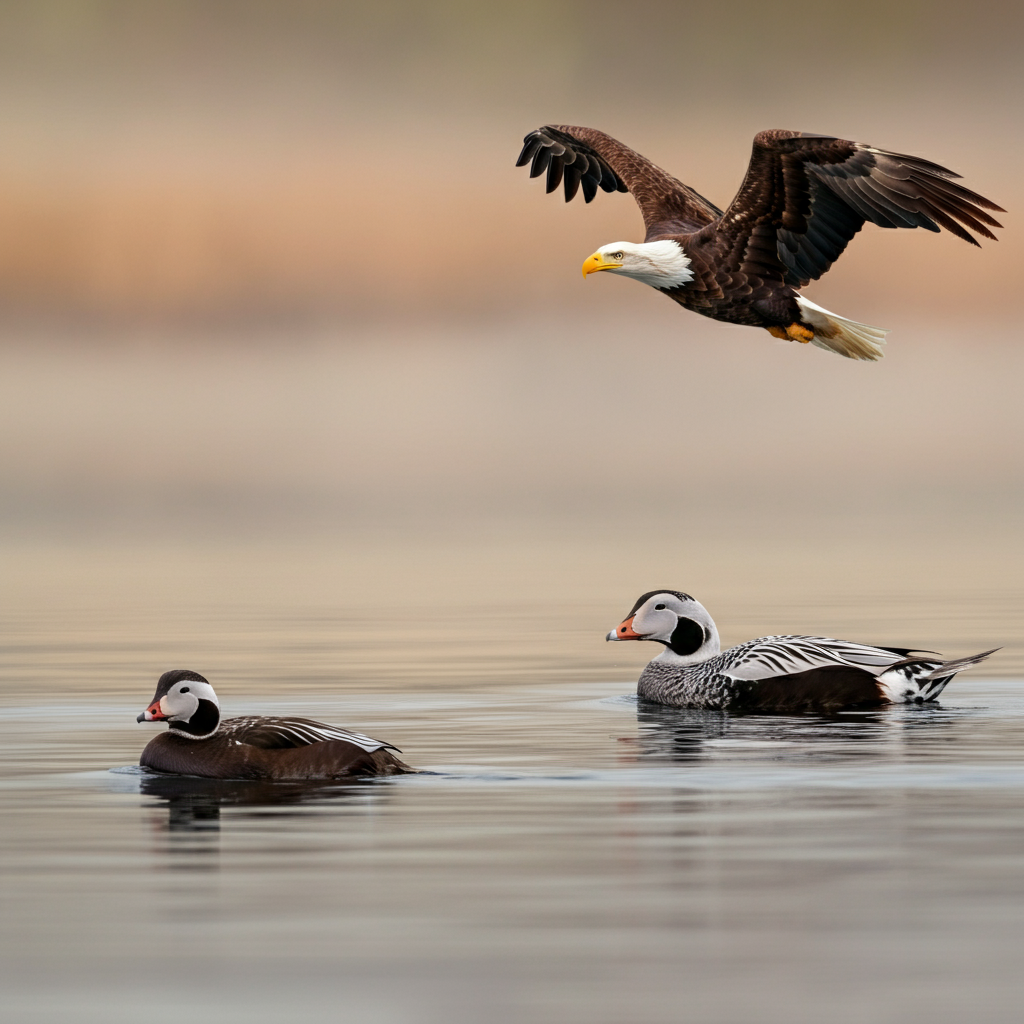Birds have long captured human imagination, symbolizing freedom, resilience, and the intricate connection between nature and humanity. Among the many avian tales, “The Hancock Bird” stands out—not for being a single species, but for encompassing diverse meanings across nature, culture, and conservation. From the serene forests of Hancock County to the symbolic associations it carries, the “Hancock Bird” introduces us to the significance of avian life in its most elegant essence.
This blog unravels the mystery of the Hancock bird, its ties to specific species, its role in conservation, and its interpretations in cultural and historical contexts. Whether you are a bird enthusiast or simply intrigued by the beauty of nature, prepare to explore the layers of meaning behind this seemingly simple term.
Is the Hancock a Bird?
The term “Hancock Bird” operates on multiple levels. Ornithologically, it refers to bird species native to or frequently spotted in Hancock County, Maine—a hotspot for diverse avian populations. This picturesque coastal region is home to species like:
- Long-tailed Duck: Known for its majestic, sweeping tails and striking winter plumage.
- Common Eider: The largest duck species in the northern hemisphere, which thrives in the frigid waters of Hancock.
The area’s thriving birdlife reflects the interconnectedness of pristine habitats and thriving wildlife populations, making Hancock County almost synonymous with efforts in bird conservation.
But the term also signifies something beyond the physicality of feathers and flight. Symbolically, the Hancock Bird represents an admiration for wisdom, freedom, and a harmonious connection to the natural world. It has inspired introspection and deep thought, paving the way for collective appreciation of what sustainable living can look like.
What’s the Biggest Bird That Can Fly?
To better appreciate the world of birds, it’s fascinating to look at their extremes. While Hancock birds may not include record-breaking dimensions, nature offers a glimpse into the possibilities of avian size.
The Andean Condor is officially the biggest bird capable of flight today. With a wingspan stretching up to a breathtaking 10 feet, these birds glide across South American skies with unmatched grace. Their presence is a testament to the limits of what evolution enables while adhering to natural constraints like physics and aerodynamics.
While the condor inspires awe, the symbolic strength it shares with the Hancock Bird is unmistakable—a reminder of resilience and the vastness of nature’s creativity.
What Was the Confederate Bird?
Another layer of avian history intertwines symbolism with social evolution. The term “Confederate bird” refers to McCown’s Longspur, a species native to North American grasslands. Originally named after Confederate General John McCown, this small bird became a focal point for taxonomic debates intertwined with historical narratives.
Recently, the name was changed to the Thick-billed Longspur to distance ornithology from enduring Confederate associations, reflecting society’s growing intent to align nature’s beauty with values free from divisive histories. It highlights how birds, though neutral participants, can become symbols of broader social and cultural dynamics, much like the Hancock Bird’s evocative presence in conservation circles.
What Is the Largest Flying Bird in History?
Modern birds are feats of evolution, but extinct ancestors make today’s species seem comparatively small. Meet Pelagornis sandersi, the largest flying bird in recorded history. With a wingspan measuring up to 24 feet, this prehistoric marvel dominated ancient skies millions of years ago.
Pelagornis sandersi epitomizes the evolutionary heights avian life once reached. Though extinct now, its legacy serves as a humble reminder of the fragility of nature—a point conservationists emphasize regularly today. For species like those representing Hancock birds, reflecting on these ancient lessons underscores the urgency of protecting current avian populations.
What Bird Can Fly 100 mph?
Speed conjures images of striking falcons and inescapable aerial prowess. Among swift avian contenders, the Eurasian Hobby stands out for its ability to reach speeds of up to 100 mph in flight. This small, slender falcon is a marvel of agility and technique, catching insects mid-air with precision.
The Eurasian Hobby ties into the story of the Hancock Bird by embodying agility, adaptability, and endurance—qualities birds need to thrive amid shifting ecological conditions. Using these traits as metaphors, the Hancock bird reinforces values rooted in harmonizing with challenges and soaring above them.
What Is a Soldier Bird?
The name “Soldier Bird” points to an intriguing species known more scientifically as the Noisy Miner (Manorina melanocephala). Native to Australia, this bold and vocal bird earned its nickname due to its aggressive defense of its habitat, often resembling soldiers in its protective instincts.
Despite its small size, the Noisy Miner demonstrates the resilience and tenacity often mirrored in nature-centric symbolism, such as that of the Hancock Bird. Like the soldier bird, symbolic representations of the Hancock Bird encourage vigilance in conservation and the power of collective effort.
Conservation and The Hancock Bird’s Legacy
Beyond their biological and symbolic identities, Hancock birds remind us of the pressing need to protect our natural world. Habitats like those in Hancock County, Maine, serve as sanctuaries for both everyday and rare species, emphasizing how humans and animals co-depend.
The interconnected values of stewardship and community thrive in contexts such as “Hancock’s Bird Seed,” specially designed to support ecosystems by catering to diverse species’ nutritional needs. Whether it’s through backyard bird feeding or participation in conservation initiatives, simple acts fuel the enduring legacy of birds, elevating them to more than just winged creatures—they become living metaphors for coexistence and unity.
Closing Thoughts on the Hancock Bird’s Meaning
The Hancock Bird embodies a wealth of interpretations—from species in Hancock County to universal qualities of freedom, collaboration, and resilience. By examining these layers, we can appreciate avian life deeply, enriching our relationship with nature and our place within it.

